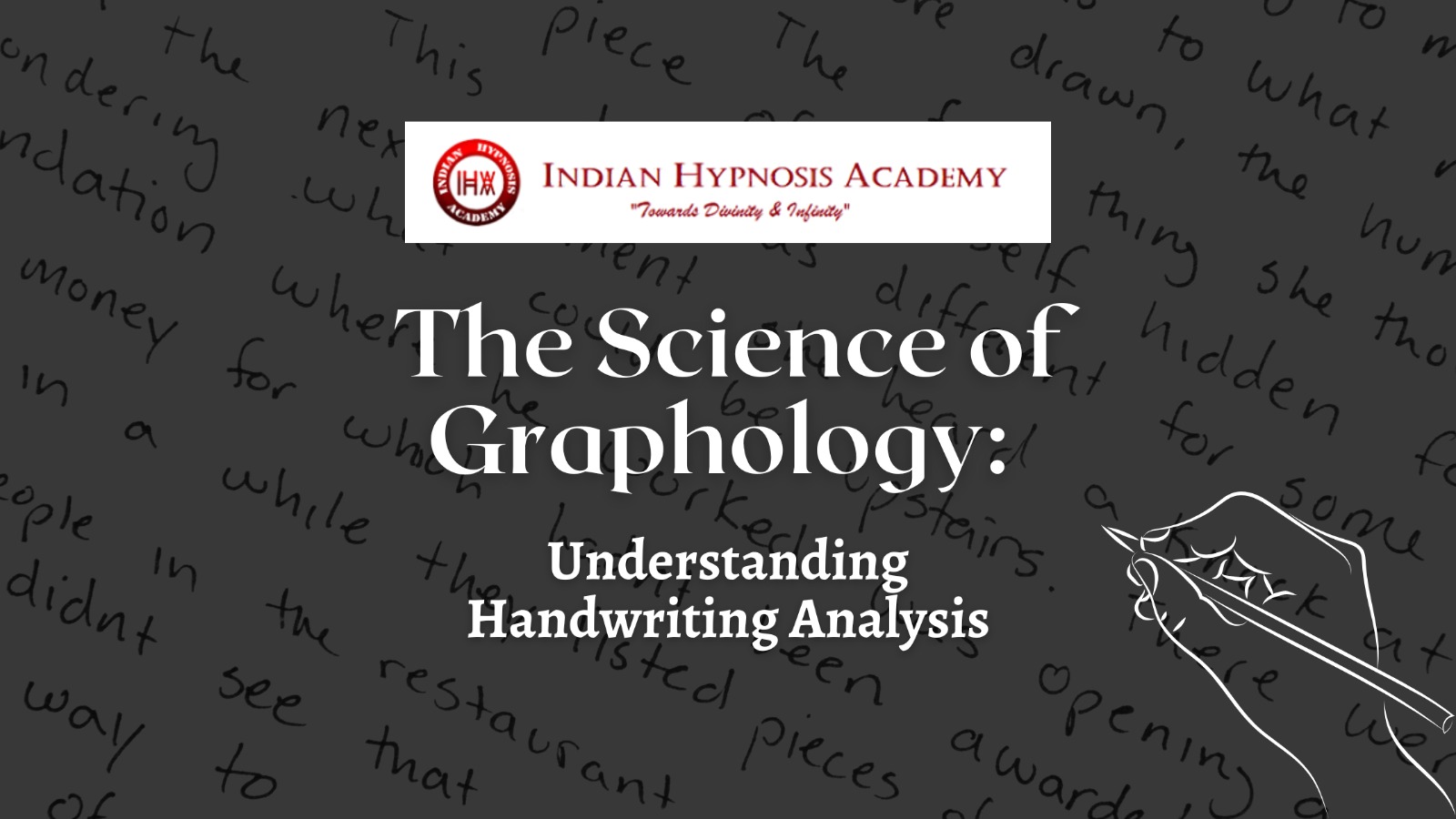Have you ever wondered what your handwriting says about you? Graphology, also known as handwriting analysis, is the scientific study of handwriting to understand an individual’s personality traits and characteristics. It’s a fascinating field that has been around for centuries and is still relevant today in various industries, from recruitment to forensic investigations. In this blog post, we’ll delve into the science of graphology and explore how understanding handwriting analysis can benefit you personally and professionally. So grab a pen and paper (or open up a notes app), because we’re about to uncover the secrets behind your scribbles!
What is graphology?
Graphology is a scientific study that involves analyzing and interpreting an individual’s handwriting to understand their personality traits, behavior patterns, emotional state, and intellectual abilities. It’s an intriguing field of study that has been around for centuries and has evolved over time with the advancements in technology.
To analyze handwriting accurately, graphologists consider various factors such as the size of letters, spacing between words and lines, slant direction, pressure on paper while writing, shape of letters or symbols used by the writer.
Through this analysis process alone can provide valuable insights into an individual’s character; however it isn’t always considered conclusive evidence by science. Despite this lack of empirical evidence backing up its accuracy many still believe in Graphology due to its popularity among psychologists today.
Graphology offers a fascinating perspective on human psychology through our written word. Whether you are just curious about what your handwriting says about you or seeking professional guidance for recruitment purposes – understanding graphology can be a useful tool in uncovering hidden aspects of yourself or others.
-

How to Know Someone from their Signature
-

Bring this Change in Handwriting & See the Difference
-

Beware Of People Who Use This Handwriting (Graphology)
-

What Does Your Handwriting Say About You | आपकी लिखावट क्या कहती है ?
-

Miracles of Handwriting Analysis | How to Read Handwriting | Tarun Malik | (हिंदी में) English Subs
-

Miracles of Handwriting Analysis | How to Read Handwriting | Tarun Malik | (हिंदी में) English Subs
How can you analyze handwriting?
Analyzing handwriting is not just about identifying loops, curves and slants. There are many different factors that come into play when trying to understand the meaning behind someone’s writing. One of the most important things to consider when analyzing handwriting is consistency. Does the writer use consistent letter formations throughout their text? Are there any sudden changes in style or size within a single word?
Another factor to consider is pressure. The amount of pressure applied while writing can reveal a lot about a person’s personality traits, such as assertiveness or sensitivity. Handwriting speed can also indicate certain characteristics; for example, fast writers may be more impulsive while slow writers tend to be more thoughtful.
Spacing between words and letters can also provide insights into one’s personality traits and emotions. For instance, if someone writes with widely spaced letters it could suggest they prefer space in their relationships and personal life.
In addition to these factors, graphologists will look at other details such as how letters connect (or don’t), whether lines are straight or curved, and even the angle of the writing on the page.
Analyzing handwriting requires careful attention to detail and an understanding of how various elements work together to convey meaning beyond just what is written on paper.
The history of graphology
The history of graphology dates back to ancient times, with the first recorded mention found in China over 3,000 years ago. It was believed that a person’s handwriting could reveal their character traits and personality.
In the Middle Ages, scholars and philosophers began to explore the study of handwriting analysis further. The Italian physician Camillo Baldi published one of the first books on graphology in 1622, outlining his theories on how handwriting revealed a person’s temperament.
During the 19th century, graphology gained popularity as a tool for evaluating job candidates and identifying potential criminals. Frenchman Jean-Hippolyte Michon is considered one of the founders of modern-day graphology. He developed a system based on analyzing specific characteristics such as slant, pressure, spacing between letters and more.
Today, while there are still skeptics who dismiss it as pseudoscience or parlor trickery, many professionals use it as a tool for assessing personality traits and emotional states. Graphology has come a long way from its early roots but continues to be an intriguing field worthy of further exploration.
Different types of handwriting
Handwriting is a unique and individualized form of expression. Each person’s handwriting can reveal a lot about their personality, mood, emotions, and even health. In fact, there are many different types of handwriting that can be analyzed through graphology.
One type of handwriting is cursive writing. This type of writing involves connecting letters together in a flowing manner. Cursive writing can indicate creativity, intelligence, and an ability to think outside the box.
Another type of handwriting is print or block lettering. This style involves printing each letter separately without any connections between them. Print or block lettering may suggest practicality and straightforwardness.
Slanted or angular handwriting is another category to consider when analyzing someone’s writing style. A slant towards the right side indicates extroversion and openness while a slant towards the left suggests introversion and introspection.
The size of one’s handwriting also plays a crucial role in interpreting personality traits through graphology analysis. Large-sized letters could imply self-confidence while small-sized letters might suggest shyness or introversion.
Understanding different types of handwriting can provide insight into an individual’s personal characteristics and behavior patterns through graphology analysis techniques.
How to improve your handwriting
Improving your handwriting is something that can be accomplished with a little bit of practice and patience. Here are some tips to help you improve your penmanship:
1. Practice regularly: The more you write, the better your handwriting will become. Set aside time each day to practice writing neatly.
2. Hold the pen correctly: Make sure you’re holding the pen in a comfortable position that allows for fluid movement across the page.
3. Use lined paper: Lined paper helps keep your letters uniform in size and spacing.
4. Slow down: Take your time when writing instead of rushing through it.
5. Experiment with different pens and pencils: Different writing instruments can affect how your handwriting looks on paper, so try out different types to see which one works best for you.
6. Pay attention to letter formation: Be mindful of how each letter is formed and strive for consistency throughout all of them.
7. Get feedback from others: Ask friends or family members to take a look at your handwriting and offer suggestions on how you could improve it further.
By following these tips consistently over time, you’ll start seeing improvements in the way your handwriting looks on paper!
Conclusion
To sum up, graphology is a fascinating science that can reveal much about an individual’s personality and psyche through their handwriting. While it may not be a definitive tool for analyzing someone’s character, it can certainly provide valuable insights that are worth considering.
Whether you’re interested in exploring the art of handwriting analysis or simply looking to improve your own penmanship skills, there are plenty of resources available to help you along the way. With practice and patience, you can learn to interpret different types of handwriting with greater accuracy and confidence.
So why not give graphology a try? Whether as a hobby or a profession, this intriguing field offers endless possibilities for self-discovery and personal growth. Who knows what secrets your own handwriting may hold?




